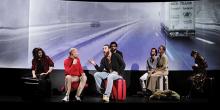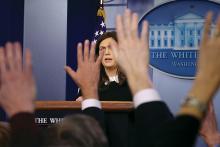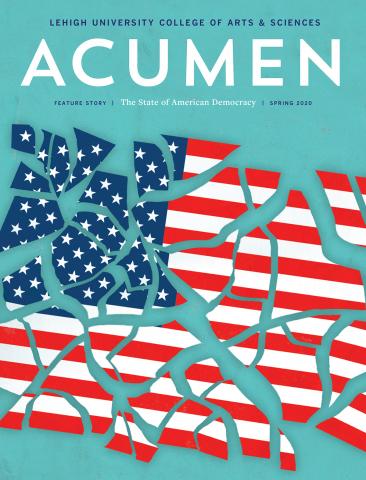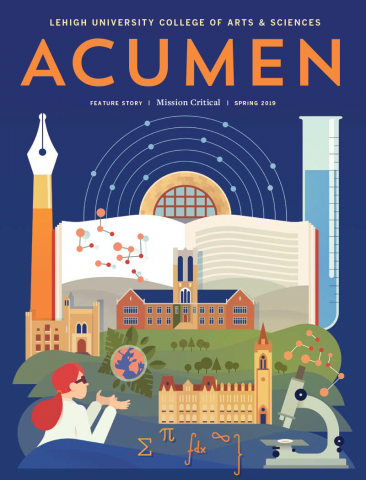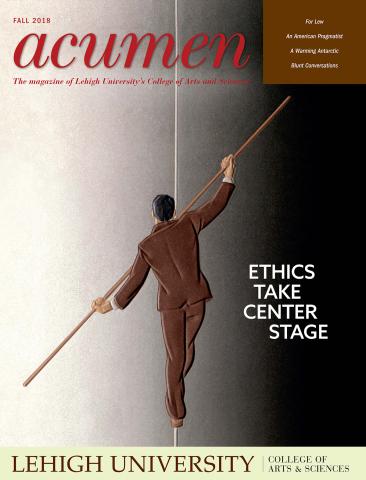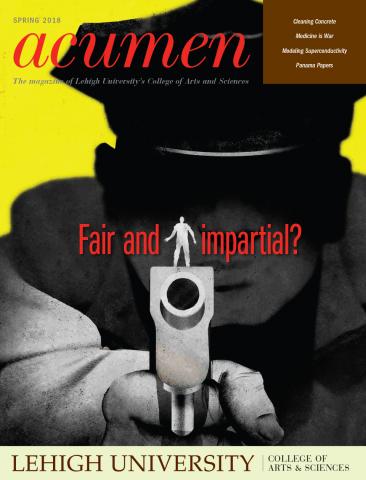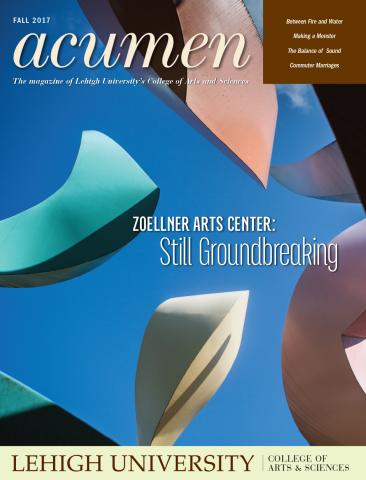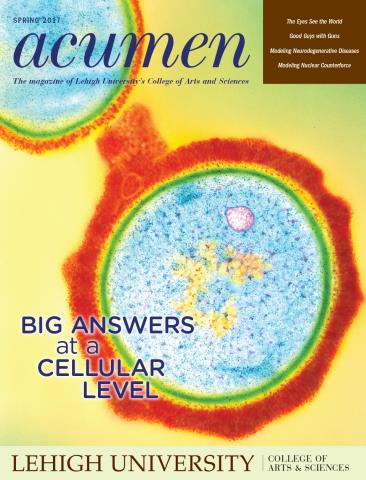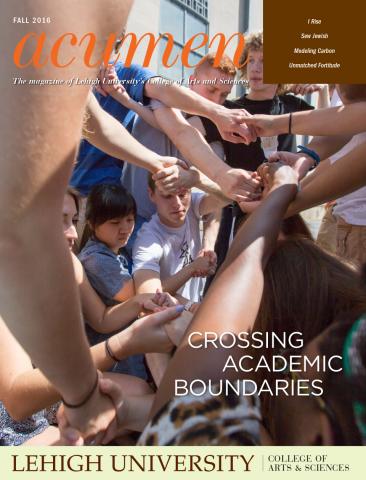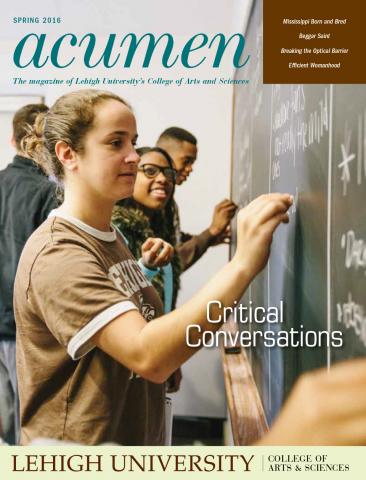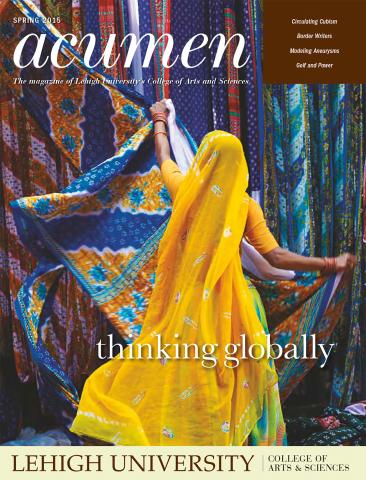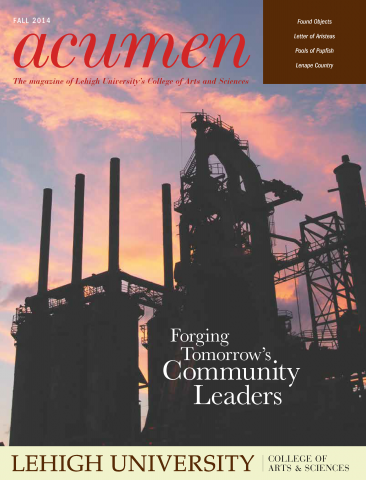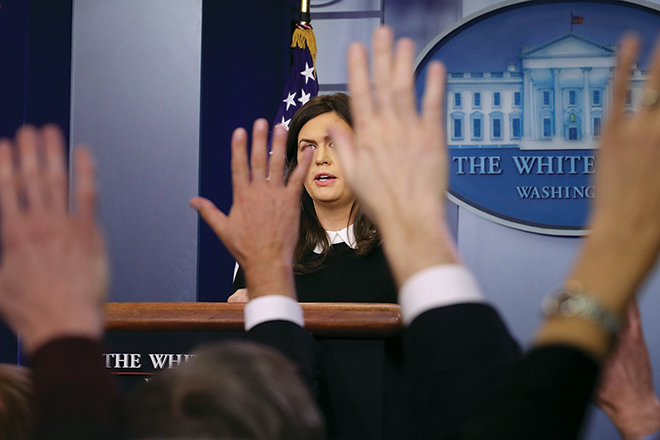
Assertions of media bias seem to be part of every news cycle as politicians complain of a biased “elite media.” Understanding whether this bias truly exists, and measuring the effects of media coverage on public opinion, is the latest project of Anthony DiMaggio.
In his latest book, The Politics of Persuasion, DiMaggio assessed mass media and public attitudes over a 20-year period. Analyzing 16 case studies, he examined how media bias operates with regard to coverage of these issues. Some research claims that journalists are overly negative and biased against government officials, while other studies suggest journalists favor citizens groups, he says. Still other studies contend there is a liberal bias in the media, a pro-government bias or a bias in favor of advertisers and business interests. DiMaggio argues that reporters don’t exhibit an explicit bias against one party or another, but rather in favor of governmental and business interests more generally.
“There wasn’t a lot of pluralism,” in terms of coverage favoring the views of different citizens groups, says DiMaggio, assistant professor of political science. “There was no evidence of a consistent liberal bias because it depended on how the government was structured. Over 20 years, you see whenever one party has control of both Congress and the presidency, because they see themselves as the agenda setters and reporters see themselves as objective. Just communicating what these people are saying, media coverage ends up being biased in favor of the party in power. If there’s split partisan control of government between the two branches of government, news coverage allots time to both parties. The structure of the government is determining what kind of news people see.”
DiMaggio concludes that reporters tailor stories to corporate and government interests but argues that the ability to “manufacture content” from the public in favor of these elite views is far from guaranteed. Citizens often rely on personal experiences and prior attitudes to challenge official narratives, he says. He posits that a reciprocal relationship exists between media and government based upon cooperation between the two in pursuit of each group’s objectives and goals. Political leaders seek to influence public opinion, while journalists seek information from government officials in order to produce news stories for public consumption. They are reliant on official sources, communicating messages emanating from government officials. As a result, journalists limit the range of views in the news to those voiced by the parties, providing a near monopoly on mass discourse.
While political officials seek to build public support for their policy positions, their effectiveness depends on the strength of a party’s message in the news, preexisting public bias and whether it favors the party’s agenda, and the degree of public familiarity with an issue—increased familiarity would make it more difficult for officials to persuade the public and less familiarity would make persuasion easier. What has changed over time in terms of news coverage, DiMaggio notes, is the tone of the messaging, as both parties have become more conservative.
“There’s nothing like the war on poverty in terms of the policies that Democrats are pushing today or the New Deal if we want to go back further,” he says. “Republicans are more conservative in terms of Medicare, privatization, Social Security reform. If there’s a pro-government bias in the media, there’s also a pro-business shift because that’s where the parties have moved. It’s a subtle type of bias in favor of powerful societal voices.”






